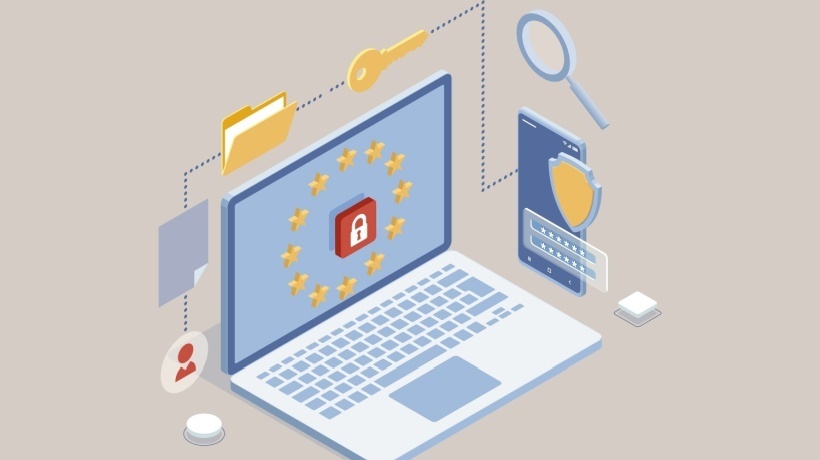The Next Big Thing In Cybersecurity
Cybersecurity is becoming increasingly important for organizations, from Fortune 500 firms to elementary schools to neighborhood grocery stores. Recently, organizations worldwide have been warned about a particular type of cyberattack: zero-day attacks.
Introduction
Zero-day attacks are infamous because they strike with zero warning. Roughly 80% of successful cybersecurity breaches stem from zero-day attacks [1]. In 2021, more than 65 zero-day type attacks hit organizations [2]. If that sounds like a laughably low number, one attack can affect hundreds, thousands, or hundreds of thousands of organizations. Could a zero-day attack hit your networks and servers? It’s more likely than you might think.
What Is A Zero-Day Attack?
In case you’re not quite caught up on your cybersecurity lingo, a zero-day attack is a type of cyberattack where hackers leverage weaknesses in the software in order to gain access to the network. To comprehend this idea, imagine that a regular burglar finds and enters your home through a hidden door in a back room that you never knew existed, and therefore couldn’t protect with an updated set of locks. You never knew that the door existed, so you couldn’t protect it. Therefore, you’ve lost your TV, laptops, foldable smartphones, and your robot vacuum.
Guarding Against The Unknown
Zero-day vulnerabilities and exploits represent a formidable concern for cybersecurity staff as they’re uniquely challenging to defend against. Again, zero-day attacks strike with zero warning. However, it’s possible to implement prevention strategies that stop these attacks from leading to losses. Think data theft, intellectual property theft, ransomware attacks and associated stock price dips, and legal suits. Avoiding these outcomes is imperative for any organization. Here’s how you can shore up zero-day attack defenses:
- Ensure that your IT teams have implemented a patch management strategy. Sounds boring, but it’s the real deal in preventing devastating cyber breaches. If your IT team or security pros say that they don’t have time to continually update all 400 servers, introduce them to intrusion prevention systems, which can supply virtual patches along with truncated timeframes [3].
- Attackers commonly access systems via inadequately guarded email systems. Malware often arrives via email. If your organization doesn’t already have one, invest in a high-quality email security solution that uses Artificial Intelligence-based technologies to stop attacks before they happen.
- Firewalls are your friend. Leverage powerful firewall technology which can review incoming web traffic and outgoing requests. In short, a firewall can help your IT or security team spot any malicious movements in a flash. Teams can then take appropriate actions to prevent corresponding harm.
- Provide your employees with training around the dangers of downloading malicious files and clicking on attachments. And these days, awareness training can be fun!
- Tell your teams to uninstall obsolete software that includes security flaws. This type of software can be easily exploited by cybercriminals. If these programs still have occasional uses, see if you and your teams can find and purchase new programs that have similar functions and newer, patchable, software.
- At the end of the day, your organization needs to rely on a layered approach to cybersecurity. One or two cybersecurity approaches will not cut it in this day and age. Organizations or offices typically take a layered approach to physical security (locks, surveillance, and a guard at the door). A similar approach should be followed in relation to cybersecurity.
Don’t ignore the possibility of a zero-day attack. Hackers are improving their skills when it comes to conducting this type of attack, and they’re capable of inflicting serious damage on systems. Beyond the basics outlined above, make sure that your teams retain a well-planned incident response plan. In your plan, ensure that roles, procedures, and prioritization strategies are defined. Also, take care to make your plan accessible offline and see to it that relevant persons know where to find it.
In Conclusion
By 2025, cybercrime is expected to cost more than $10.5 trillion annually [4]. The first six months of 2021 saw a 102% increase in ransomware attacks as compared to the beginning of 2020 [5]. Zero-day attacks are increasing at an unprecedented rate and threaten to disrupt businesses worldwide. When it comes to zero-day attacks, a multilayered cybersecurity approach can serve as a game changer for organizations large and small. Step up for your organization. Ensure that you can stop zero-day threats. Stay cyber safe!
References:
[1] Ghost in the system? Zero-Day alert puts users on edge
[2] Flash alert: Zoho zero-day under exploit
[3] How SASE protects from Log4j vulnerabilities









